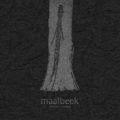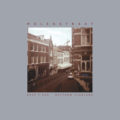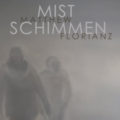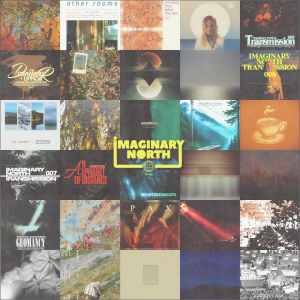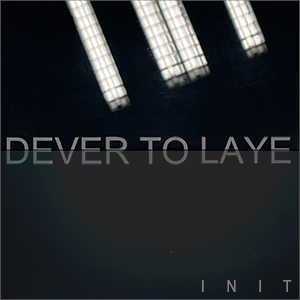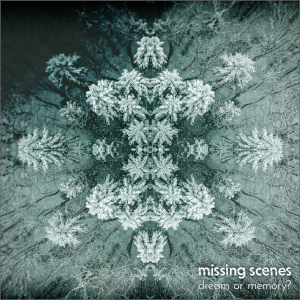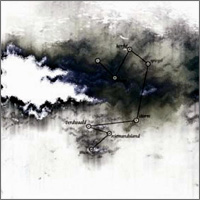 Florianz began work on his eleventh album, Niemandsland, as far back as 2003 but struggled to find the seamless flow of thoughts, ideas and sounds he sought. It wasn’t until much later that everything fell into place with the addition of found sounds and field recordings. Recorded as an almost continuous musical piece, Niemandsland flows from track to track, subtly shifting moods as it goes.
Florianz began work on his eleventh album, Niemandsland, as far back as 2003 but struggled to find the seamless flow of thoughts, ideas and sounds he sought. It wasn’t until much later that everything fell into place with the addition of found sounds and field recordings. Recorded as an almost continuous musical piece, Niemandsland flows from track to track, subtly shifting moods as it goes.
Florianz’s attention to detail and ability to create intense swathes of emotive ambience is hard to beat. Consistently producing high quality ambient albums, Florianz incorporates not only synthesized sound but also environmental ambience that ranges from street noise and planes passing overhead to birdsong and flowing water. Even these sounds are incorporated into his music in such a way that they are perfectly placed integral elements of the mood and atmosphere being created, subtly bringing part of his environment to the listener.
Niemandsland opens and closes with 30 seconds of pure silence, perhaps to contemplate what you are about to hear and what you have already heard? “Snoei” – which apparently means “clip, prune or shear” in English – is an interesting play on words and content as it is a short track focusing mostly on a motorized chainsaw enhanced by a very discrete drone to add some atmosphere. “Herfst” (“Autumn”) which follows it builds from a distant rumble into a continuous almost bell-like drone and what sounds like the gentle ebb and flow of the sea, switching from a harrowing bleak landscape to a more optimistic outlook by its close.
Building on this theme is “Spiegel” (“Mirror”) with its ominous low drone that builds with glowing radiance, lapsing occasionally into an uneasy sense of foreboding. A steady drone permeates “Storm” before ominously slow church-like bell tolls and an anxious atmosphere build and then slowly dissipate. The sound of water on the shore, a passing helicopter and a creaking gate all help set the scene for “VerdWaald” (“Lost”) as it gently unfolds, rich in environmental sounds. The longest track on the album, “Niemandsland” (“No Man’s Land”) is an unassuming track that subtly mutates and evolves, sometimes gently flowing along, occasionally restless but constantly shifting, almost unnoticeable, to form a beautifully emotive soundscape. The closing track “Thuis” (“Home”) is based around a field recording of a cold windswept street, presumably in Florianz’s home town, with just a little added electronic texture towards the close for good measure.
Florianz has the ability to create sublime ambient soundscapes that flow and drift wonderfully, subtly shifting and ever-changing. Often, he will record material actually on location as he did with his previous albums Openstage and Molenstraat, recorded in outdoor locations and in an apartment on The Hague respectively. This helps create an organic quality to his music that is enhanced by the intensity of the electronic elements. As always with Florianz’s music, it is totally captivating and engrossing, portraying images of the surrounding environment to the listener.
As is often the case with Florianz’s releases, Niemandsland is also available in a very limited edition release of just 100 copies worldwide (all long sold out). This version of the album comes wrapped in a Hessian square tied with Hessian twine and contains a signed and numbered postcard, the CD itself and a further 2 professionally produced CDRs, one entitled Jaren and the other Fragmenten. The first of the bonus discs is a suite of unused music from Niemandsland compiled by Darren Scott of H/S Recordings and the second is a further collection of unreleased and hard to find music recorded between 1995 and 2001. Both discs are currently exclusive to the limited edition.
Niemandsland is out now on H/S.











